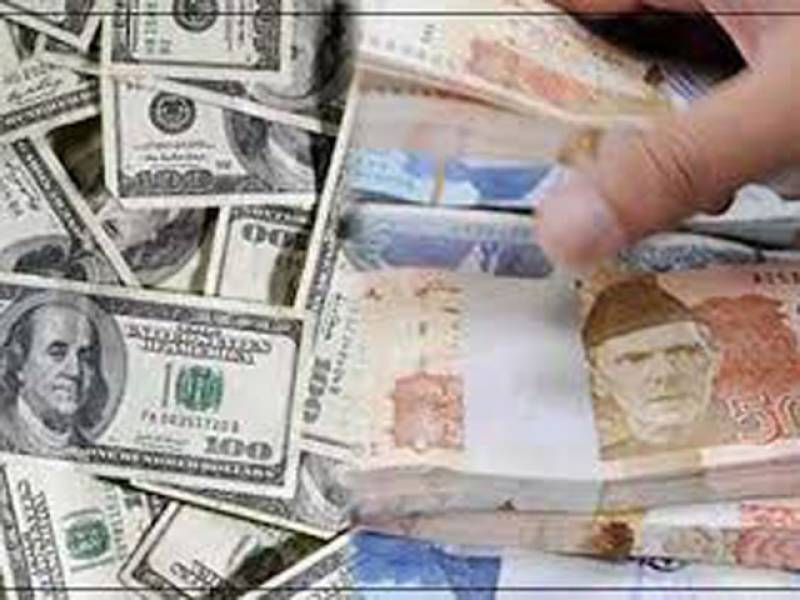Rupee slumps to record low, nears 300 vs dollar

According to State Bank of Pakistan data, the rupee fell 0.63 percent to Rs299 against the dollar on Tuesday, extending losses for the third day.
Sources on the market, however, said the dollar was trading higher than the official rate.
Two days after former prime minister Imran Khan was arrested on graft allegations, the rupee recorded its previous record low of 298.93 on May 11.
After the previous government signed a short-term, $3 billion loan agreement with the International Monetary Fund on July 4, the local currency strengthened to Rs275.44. However, it has been declining since then, reaching close to Rs300 on Tuesday.
Currency dealers in the interbank said the dollar’s rise was due to a much higher demand than supply. Atif Ahmed, a currency dealer in the interbank market, said that it was not just import pressure but also the backlog of imported containers that led to a rise in demand.
Some banks make money by providing dollars to importers. Having 50 to 100 containers in backlog, some importers were paying banks up to Rs500,000 per container to get dollars and get their containers released.
No one knows how many goods are in the backlog and how much money is needed to clear them from the ports, but bankers said up to $5bn might be needed to clear the backlog and this would be reflected in future import bills.
An increase of $1.042bn was reflected in July’s import bill of $4.219bn compared to June’s $3.177bn.
Bankers, however, said that opening letters of credit (LCs) remains a problem for importers, since banks must arrange dollars before opening them.
The Standby Agreement with the IMF requires governments to open imports without restrictions. By slashing imports, the previous government saved up to $22 billion in the 2022-23 fiscal year, reducing the current account deficit from $17.5 billion to $2.5 billion.
It was a big achievement, but the drop in imports resulted in slow economic growth of 0.29pc in fiscal 2023 compared to 6pc in the previous fiscal year.
In spite of the increasing demand for dollars, the supply is too low. LCs for imports cannot be opened by all banks, according to a senior banker.
As a result of debt servicing, remittances and export proceeds declined in July. In the current fiscal year, Pakistan needs $25 billion to service its debt.
“The State Bank has adopted a cautious approach to reserves because it is able to protect the economy from external shocks. Zafar Paracha, general secretary of the Exchange Companies Association of Pakistan (ECAP), said increased reserves will strengthen the exchange rate.
As soon as the backlog is cleared, he hoped the demand for dollars would decline and the exchange rate would be stable.
Tuesday, the ECAP reported the dollar rate at Rs306, an increase of Rs2 overnight.
Several money changers, except for a few large ones, are making money by selling dollars at gray-market rates while buying them at exchange companies’ rates.
In the grey market, the rate is Rs15 to Rs18 per dollar higher than the interbank rate and Rs8 to Rs10 higher than the open market rate.
According to an official at a currency exchange firm, some money changers are taking advantage of the grey market by selling dollars at higher rates than those issued by the associations of exchange companies.
